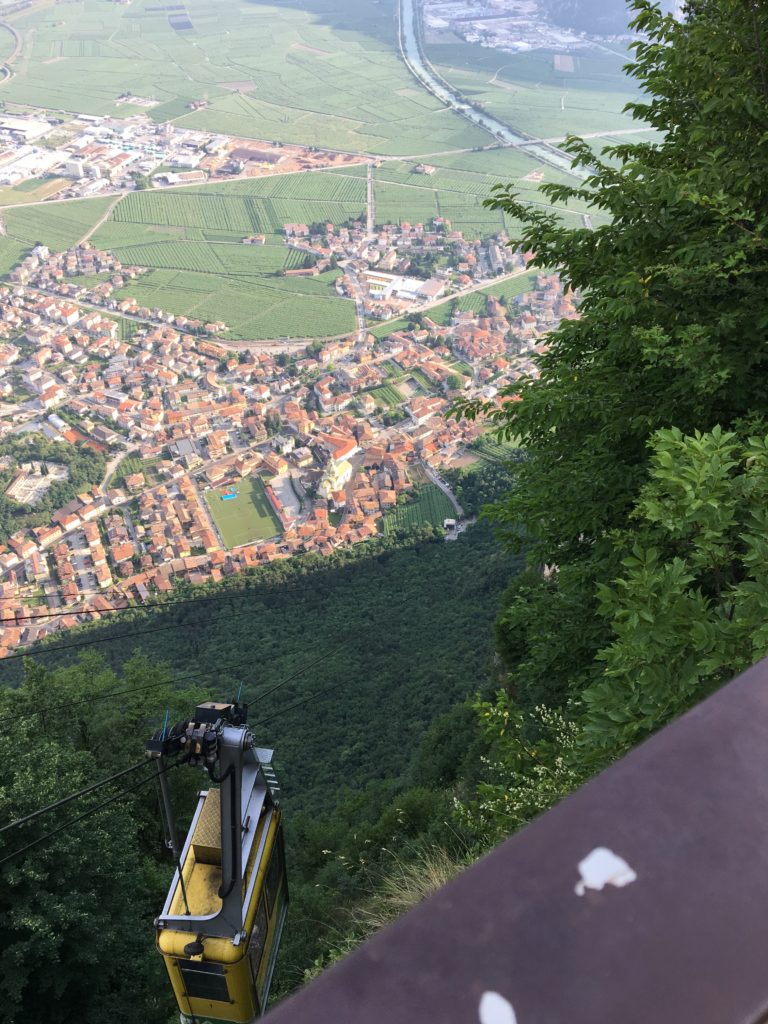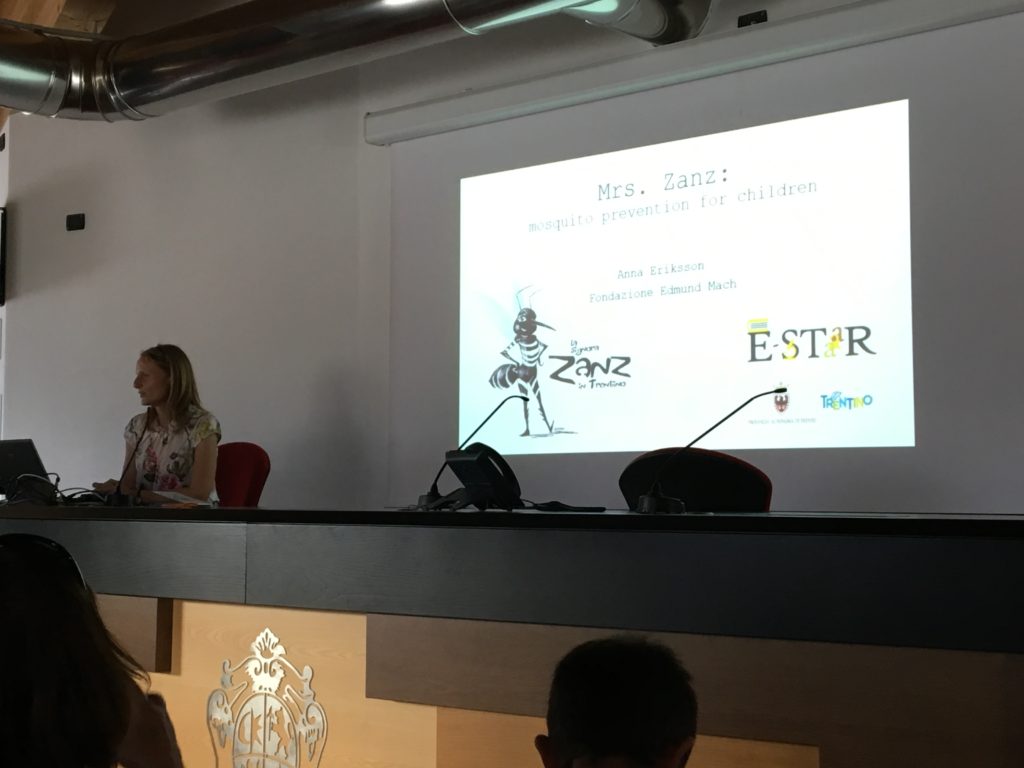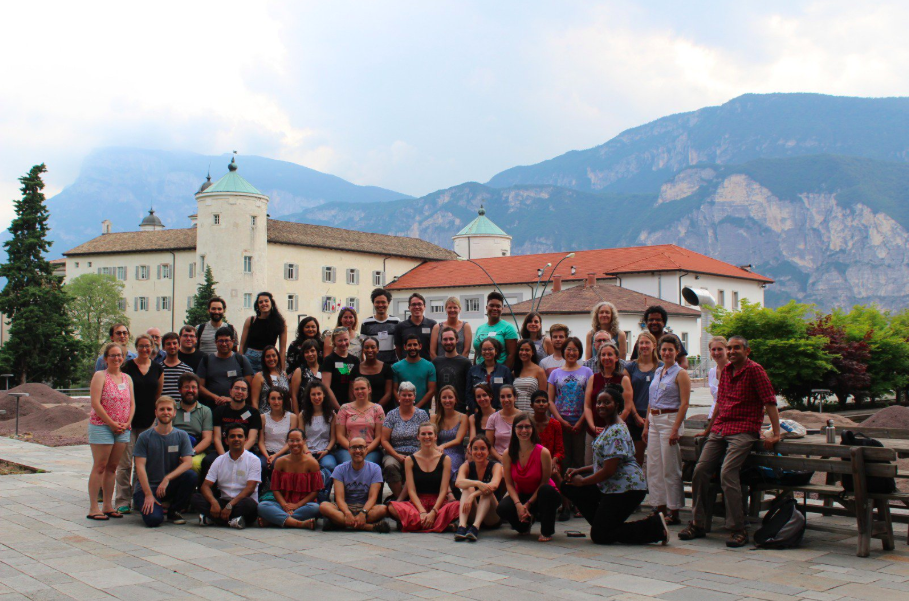Post by: Eli Fenichel
What is the cost of a vector borne disease? It is not simply the sum of medical bills from treatment. People incur costs to avoid getting sick. Economic theory says that on the margin people are expected to equalize there incremental expenditures or forgone benefits on avoidance with their expected incremental costs of illness. In a 2018 study, published in Environmental and Resource Economics, we estimate the behavioral risk avoidance response to Lyme Disease in the Northeast United States, and use that to estimate the avoidance costs. We find that the average individual in the average Northeast US county spends nearly nine and half fewer hours outdoors per year. For reference the average outdoor activity lasts 73 minutes. This amounts to the average individual taking nearly 8 fewer trips outside per year or just over one billion lost trips. These trips can be valued at between $2.74 to $4.91 per trip – these are largely trips to things like local parks. All told this means that the cost of defensive actions to avoid Lyme Disease are on the order of $2.8 billion to $5.0 billion a year (we used 2006 dollars for our analysis). This suggests that if Lyme could be eradicated permanently and with perfect certainty, then that would merit an expenditure of up to $40 billion, using the US Office and Management’s 7% discount rate.
There are challenges to doing a study like this. First, there is getting the data. Second, is addressing bias, because behavior itself likely effects Lyme cases. We use two primary sources of data, supplemented with a few others. The core behavioral data comes from the American Time Use Survey (ATUS), which is collected and made public by the US Bureau of Labor Statistics. The ATUS asks a stratified random sample of the Current Population Survey to keep a minute-by-minute diary of all activities and locations of activities for a 24 hour period. The survey has been run every day since January 1, 2003. However, in our study we only use the first decade of observations. The survey tracks nearly 400 activity codes and 25 location codes (types of locations not exact coordinates). The data can be aggregated to the county level, though in many locations the data are more granular. We merge these data with year-by-county Lyme Disease case reports from the CDC. Additionally, we use some weather data and geographic data.
There are potential concerns with the data and with the process of simply regressing time spent outside on Lyme Disease cases. First, there could be challenges with the ATUS data, but BLS puts a lot of effort into the randomization and recruiting process, and these data are used in the context of many important economic and policy decisions. Second, there is concern that reporting of Lyme Disease may go down as Lyme becomes endemic. If this is the case, then the behavioral response we measure should be a lower bound and underestimate the cost. Regressing Lyme Disease cases on time spent outside using an ordinary least squares regression is likely biased because time spent outside is an important input into contracting Lyme. This sort of feedback problem is common in economic statistics, and economists and econometricians have developed a number of regression techniques to address these problems. Standard ordinary least squares regressions finds no effect of Lyme Disease cases on time spent outdoors, our econometric regression that accounts for the feedback (an Arellano-Bond estimator) finds a strong significant reduction in time spent outdoors that attenuates with increasing Lyme Disease cases in a county. Our estimates condition on population, minimum humidity, minimum temperature, precipitation, percent wilderness, percent city parks, maximum humidity, and maximum temperature. Overall, the estimate of the marginal effect of Lyme Disease cases on time spent outdoors is highly robust to model specification.
We believe that most researchers studying vector borne disease do so because they are concerned about social outcomes and public health. We are too. Yet, public health is not an end to itself, it is an important input into broader wellbeing. Quantifying the tradeoffs people make around avoiding getting sick can provide a credible lower bound to the cost of a vector borne disease and help policy makers better assess the tradeoffs involved in reducing vector borne infections. Increasingly, available data on human behavior makes these analyses possible. We encourage vector disease scientists to work with economists to further place the important science of vector borne pathogens in a social context.











